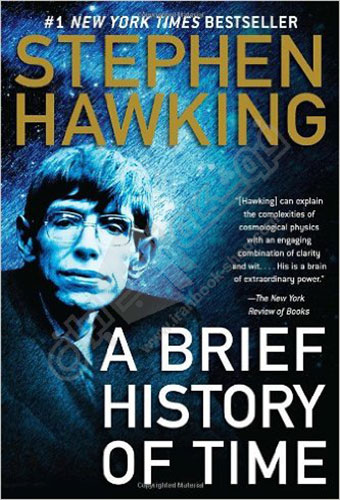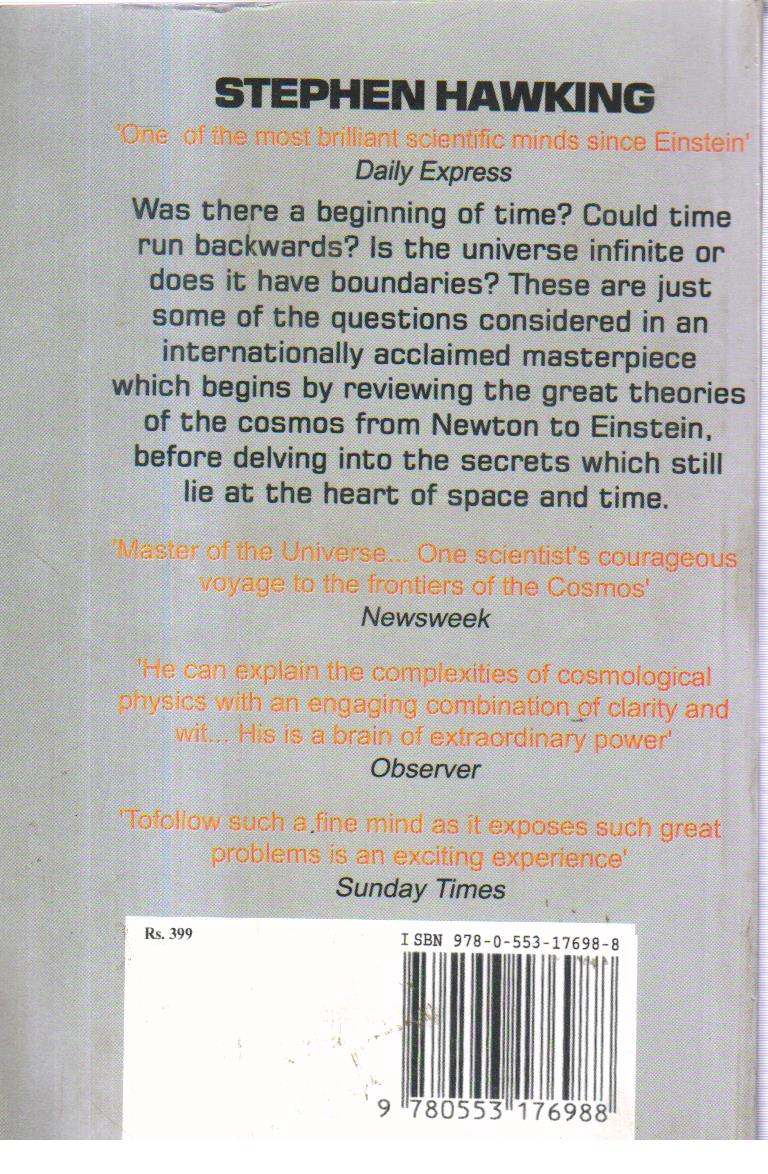

It all starts with the Big Bang, and this is where I got my first interesting insight from Hawking. It covers cosmology (the study of the universe) from all angles, including the structure, origin, and development of the universe, and how it’s all going to end up. It’s kind of hard science for the everyman. The first edition of A Brief History of Time was published on April Fool’s Day in 1988. And, what do you know, the strategy worked! The book sold over 10 million copies in the first twenty years according to the foreword in this edition, the most recent estimates suggest that there had been one copy sold for every 750 people on the planet. All of the concepts are illustrated instead with diagrams and other drawings, which is no mean feat. Hawking took the advice on board, went away and removed every single equation from the book, bar one (I bet you can guess which 😉 E=MC 2). In the first draft, he used a stack of mathematical equations to illustrate his points, and this is when Hawking’s publisher gave him some world-changing advice: the publisher said that for every equation in the book, the readership would be cut in half (figuring, quite rightly, that people in airport bookshops would be put off by long strings of numbers). In 1983, Hawking went to his buddy at the Cambridge University Press, and put forward a whacky idea: he wanted to publish a popular science book, covering the most complex theories of physics in the scientific world.

Mini-bio: Stephen William Hawking was an English theoretical physicist, cosmologist, author, and Director of Research at the Centre for Theoretical Cosmology within the University of Cambridge.(And here’s a brief history of affiliate links: they’re on this page, when you click on them and make a purchase, I get a small commission for referring you.

With exciting images and profound imagination, Stephen Hawking brings us closer to the ultimate secrets at the very heart of creation. Told in language we all can understand, A Brief History of Time plunges into the exotic realms of black holes and quarks, of antimatter and “arrows of time,” of the big bang and a bigger God-where the possibilities are wondrous and unexpected. Synopsis: A landmark volume in science writing by one of the great minds of our time, Stephen Hawking’s book explores such profound questions as: How did the universe begin-and what made its start possible? Does time always flow forward? Is the universe unending-or are there boundaries? Are there other dimensions in space? What will happen when it all ends? (Alternate Title: A Brief History of Time: From Big Bang to Black Holes) A Brief History of Time, by Stephen Hawking


 0 kommentar(er)
0 kommentar(er)
